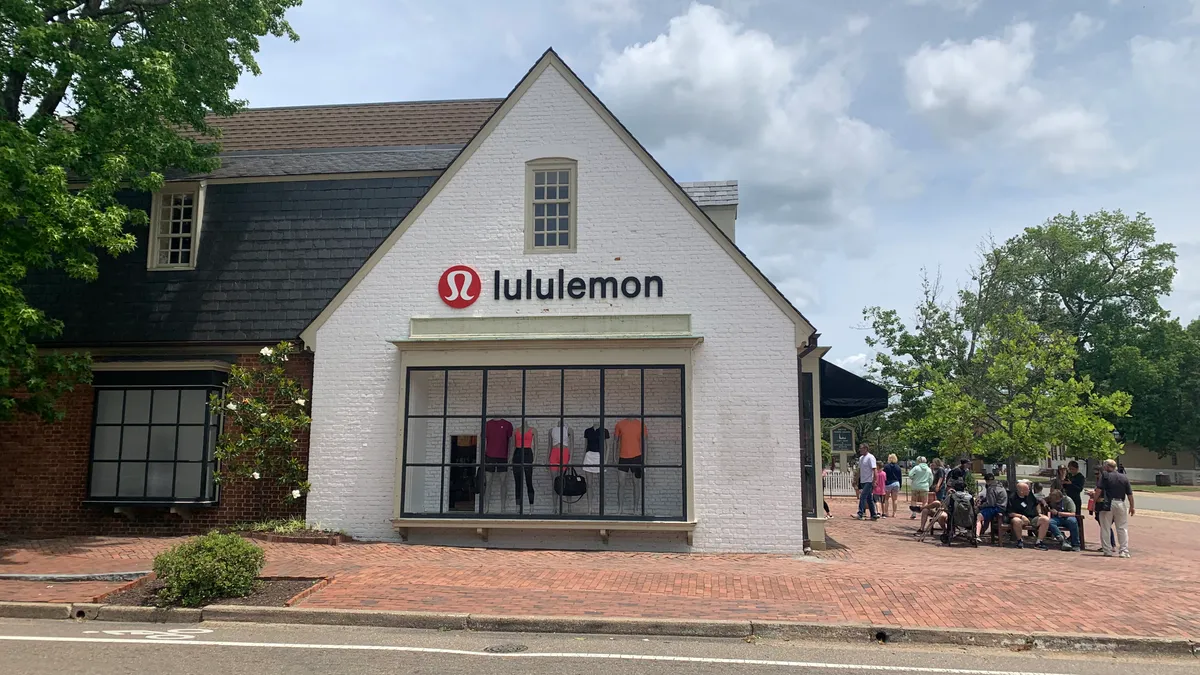Retail sites may be some of the busiest destinations on the internet this holiday season, but research shows they’re also among the least accessible. AudioEye’s 2025 Digital Accessibility Index found that retail websites averaged more than 350 issues per page — the highest of any industry. After analyzing nearly 86,000 pages across 2,500 retail sites, the index revealed that more than three-quarters of retail pages lacked clear image descriptions, an average of eight links per page were missing context, and nearly one in three pages failed basic keyboard navigation.
While these issues have the greatest impact on people with disabilities who rely on assistive technology, they also create everyday challenges for all shoppers. Missing alt text leaves gaps when images fail to load. Inadequate touch target sizes can frustrate mobile users trying to complete quick purchases. And vague links create confusion for anyone trying to move through a site quickly.
During the holidays, when speed and convenience matter most, even small obstacles can cost retailers sales or send customers directly to their competitors. Shoppers are unlikely to fight through a broken checkout or unclear promotion when another retailer offers a smoother experience just a click away.
Accessibility and Consumer Behavior
These issues feed into an already well-documented challenge for retailers: cart abandonment. Industry research from Baymard Institute shows nearly 70% of online shopping carts are abandoned, often because of friction during checkout. From broken forms to missing instructions, accessibility barriers add another layer of friction that causes shoppers to give up.
Shifting consumer expectations make the stakes even higher. In Salesforce’s State of the Connected Customer report, 80% of customers said the experience a company provides is as important as its products. For retailers, that means the difference between a sale and an abandoned cart often comes down to whether the experience feels seamless. Accessibility fixes such as clear navigation, usable forms, and descriptive product content directly improve those touchpoints for every visitor, not just those with disabilities.
Accessibility as Risk Management
There is also a legal dimension to consider. Retail has consistently been one of the top industries targeted by accessibility-related lawsuits in the U.S., with cases often focused on barriers that block customers from completing purchases. And with the European Accessibility Act (EAA) now in effect as of June 2025, retailers operating globally now face stricter requirements to ensure their digital experiences work for all users.
While many retailers still treat accessibility as a compliance checkbox, the reality is that addressing it proactively reduces both customer frustration and business risk. Left unchecked, accessibility barriers not only lead to lost sales but also expose companies to potential litigation and reputational harm, which are risks that can be especially costly during the peak shopping season.
What Retailers Can Do Now
The good news is that retailers don’t have to wait months to start making progress. Many of the most impactful steps begin with focusing on revenue-critical journeys such as product pages, carts, and checkout flows, where even small fixes can reduce abandonment and capture more holiday sales.
Automation has become an important first line of defense. It can scan thousands of pages at scale, identify recurring problems, and even resolve many of the most common issues before they reach customers. But while automation is effective at speed and scale, it can’t reliably detect or evaluate more nuanced issues: whether alt text accurately describes the product the customer is viewing, or whether a promotional pop-up interrupts a keyboard user’s path to checkout.
Expert testing provides that depth, helping uncover and address the kinds of issues automation can miss. Yet on its own, it can’t keep pace with the constant updates and seasonal campaigns that define retail. That’s why retailers that want to stay competitive are moving toward comprehensive solutions that combine automated fixes for scale, expert reviews for nuance, and custom fixes tailored to a site’s needs, all supported by ongoing monitoring.
Accessibility must also be ongoing. Websites change constantly, and accessibility isn’t a one-time project but a practice that should be built into every update and campaign. Retailers that take this approach are best positioned to deliver consistent, reliable experiences to every shopper not just during the holiday rush, but throughout the year.
Looking Ahead
The holiday season may be the most urgent test for accessibility, but the benefits extend well beyond the peak shopping period. As more consumers shift their spending online, seamless digital experiences are becoming a baseline expectation. Accessibility, once seen as a niche concern, is now part of delivering the kind of frictionless interactions that drive loyalty year-round.
Retailers that act now can capture more holiday sales while also laying the foundation for stronger customer relationships in 2026 and beyond. Those that don’t risk falling behind, not just during the holidays, but in an increasingly competitive digital marketplace where usability and accessibility continue to go hand in hand.










